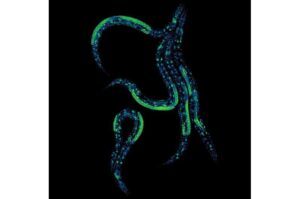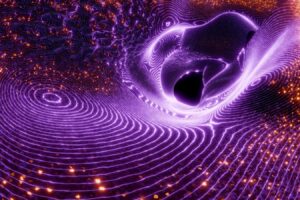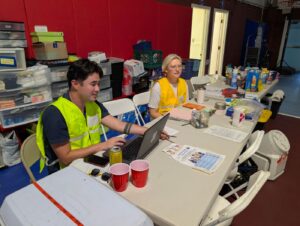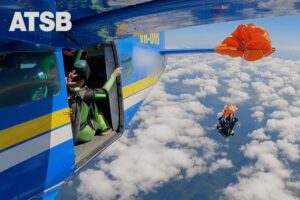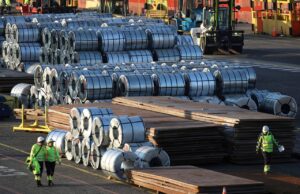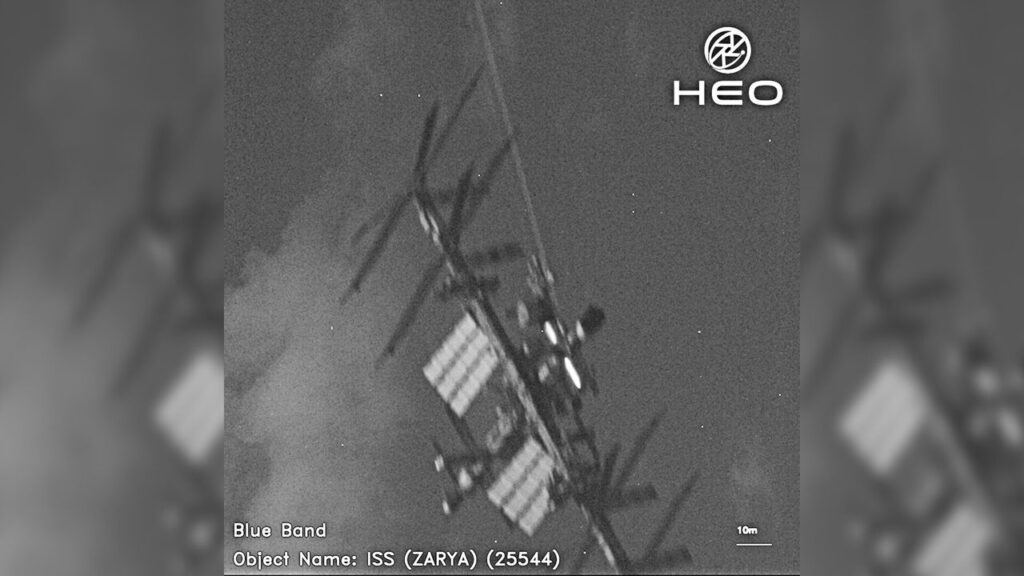
Australian company HEO Robotics is advancing its capabilities in spacecraft imaging, aiming to extend its reach beyond low Earth orbit (LEO) to higher orbits and potentially deeper into the solar system. Known for its impressive imagery of spacecraft, HEO has garnered attention with striking photographs of the International Space Station (ISS), China’s Tiangong space station, and the European Space Agency’s ERS-2 satellite as it descended towards Earth’s atmosphere in February 2024.
HEO specializes in “non-Earth imaging” (NEI), which enables clients to obtain crucial images for various applications, including anomaly detection and space domain awareness. This technology allows for the tracking, identification, and analysis of satellites and space debris. During an interview at the International Astronautical Congress (IAC) held in Sydney in early October, co-founder and chief executive, Will Crowe, detailed the company’s ambitions to capture images of spacecraft in higher orbits.
Founded in 2019, HEO Robotics initially targeted asteroid mining but quickly pivoted to focus on imaging technology. Crowe noted that the national security sector has long conducted similar imaging but kept it highly classified. “No one without a classification knew it was possible because it was just very secretive,” he remarked, reflecting on the company’s unexpected entry into this field.
Building on its current successes, HEO is now setting its sights on imaging spacecraft in geostationary orbit (GEO), where satellites remain fixed over a specific point on the equator, approximately 35,786 kilometers (22,236 miles) above the Earth. This orbit is home to valuable communications and weather satellites. Unlike LEO, GEO presents challenges due to a limited number of satellites equipped with cameras. To overcome this, HEO plans to develop its own imaging sensors and software for satellites destined for GEO.
“Getting to GEO is going to be very challenging, so we’re focused on that right now,” Crowe stated. He emphasized the potential for significant revenue and capability enhancements for their clients. The company has also entered into a three-year memorandum of understanding with Astroscale, a firm specializing in satellite servicing and orbital sustainability. This partnership aims to enhance cooperation in monitoring and servicing defense, government, and commercial assets in space.
Astroscale has previously conducted operations involving the deorbiting of space debris, including a fly-around of a spent rocket stage. Crowe highlighted the importance of having external eyes monitoring operations, saying, “It’s just good practice to have outside eyes looking in. Issues can happen to a sensor on board, but also you can get a different perspective.” The collaboration between HEO and Astroscale also extends to GEO and geostationary transfer orbits.
In a significant milestone, HEO recently received the first NOAA Tier-3 license for a commercial optical camera operating in high LEO, above 800 kilometers (500 miles). This achievement marks an important recognition of non-Earth imaging as part of the broader framework of space safety.
Looking towards the future, HEO Robotics envisions a long-term goal: “The solar system on demand.” Crowe explained that their initial focus will be on asteroids passing through the Earth-Moon system, with plans to expand capabilities to encompass the entire asteroid belt and beyond. “It should be possible. You just need enough cameras and enough interesting orbits such that they can always achieve the mission,” he stated.
As HEO continues to normalize non-Earth imagery, the transition from Earth orbit to more distant destinations could redefine possibilities in space exploration and observation, ultimately pushing the boundaries of what can be achieved in the cosmos.
